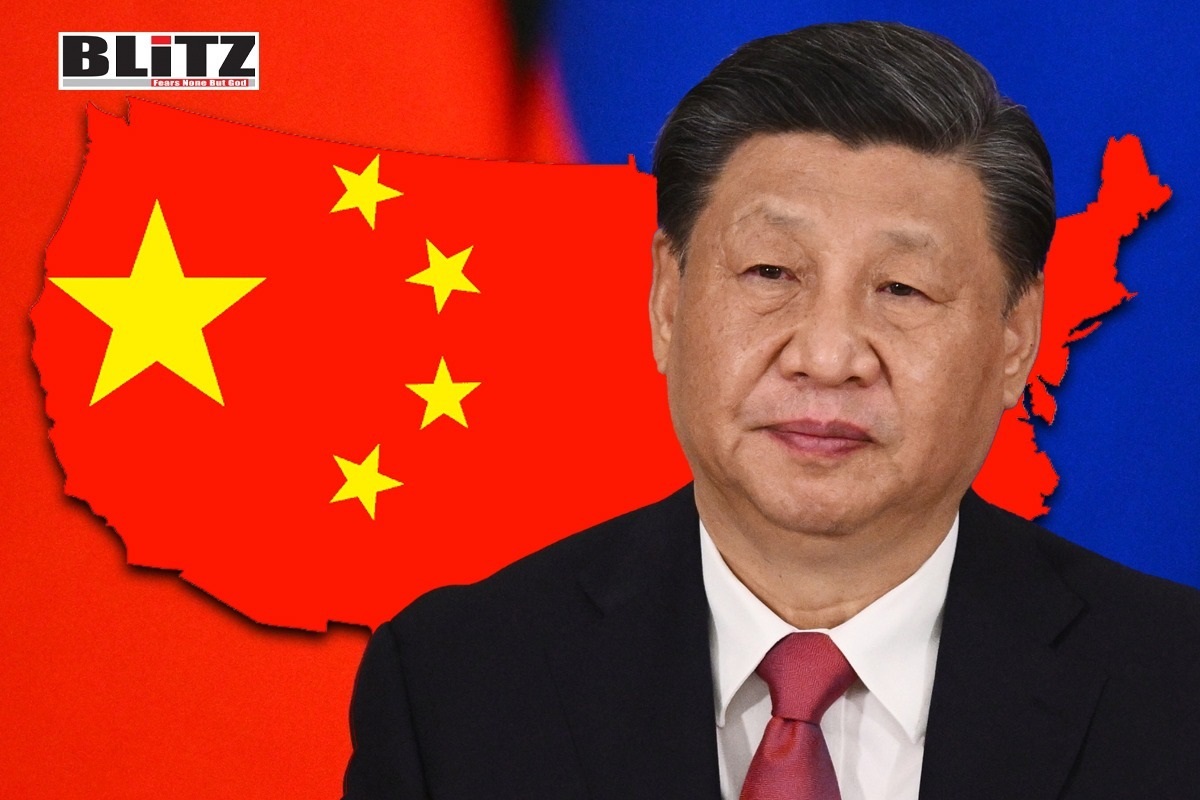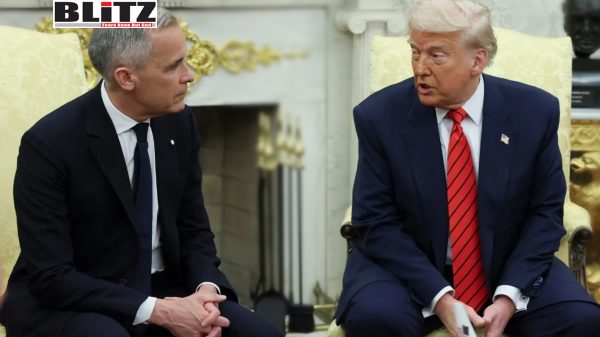China, Vietnam, and Southeast Asia’s changing dynamics
- Update Time : Saturday, April 20, 2024

The geopolitical landscape of Southeast Asia is experiencing profound shifts, largely driven by China’s strategic initiatives that are redefining regional dynamics. At the heart of these changes lies the multifaceted relationship between China and Vietnam. Both nations, despite sharing a Communist ideology, have a history punctuated by periods of rivalry, cooperation, and mutual distrust. This complex interplay between Beijing and Hanoi is shaped by a diverse range of factors, from historical animosities and territorial disputes to economic imperatives and evolving geopolitical alliances. Against the backdrop of a swiftly evolving global context, this intricate dance between the two nations underscores the complexities and challenges of regional diplomacy.
The relationship between China and Vietnam is a complex tapestry woven with threads of cooperation, mutual suspicion, and historical rivalry. While both nations share a Communist heritage and revolutionary past, Vietnam’s deep-rooted nationalist sentiments contribute to a cautious approach towards China’s expanding influence in the region. The scars of historical conflicts, notably the Sino-Vietnamese war of 1978, continue to shape Vietnamese perceptions of Beijing, amplifying concerns over territorial disputes in the South China Sea. This historical backdrop intensifies Vietnam’s skepticism towards China’s long-term intentions and strategic ambitions. Concurrently, China remains on guard, wary of Vietnam’s potential alliances with foreign powers that could challenge or contain its growing regional influence. This delicate balance of cooperation and distrust defines the nuanced relationship between these two neighboring nations.
Amidst this backdrop of mutual suspicion, China has been strategically reaching out to Laos and Cambodia, traditional allies and neighbors of Vietnam. These landlocked nations, historically reliant on Vietnam for access to the sea, are now being courted by Beijing through a series of ambitious infrastructure projects under the Belt and Road Initiative (BRI). The China-Laos Railway, which was inaugurated in 2021, serves as a vital lifeline for Laos, reducing its dependence on Vietnamese ports and positioning it as a key node in China’s regional connectivity network.
The Techo Funan Canal in Cambodia stands as a vivid illustration of China’s expanding influence across Southeast Asia. This ambitious infrastructure project, fully funded and overseen by China, is designed to stretch over 110 miles, connecting the Mekong River at Phnom Penh directly to the sea. By circumventing the Mekong Delta, which is situated within Vietnamese territory, the canal provides Cambodia with unobstructed maritime access. This strategic bypass not only diminishes Vietnam’s traditional control over Cambodia’s sea routes but also amplifies Cambodia’s economic potential and strategic significance. By elevating Cambodia from a historical subordinate to a rising commercial competitor, the canal reinforces China’s geopolitical footprint in the region. In this context, the Techo Funan Canal serves as a pivotal symbol of China’s strategic vision and its capacity to reshape regional dynamics to its advantage.
In response to these geopolitical shifts, Vietnam finds itself navigating a complex web of challenges and opportunities. While seeking to maintain cordial relations with China, Vietnam is also keen to safeguard its national interests and assert its regional influence. One of the ways Vietnam is responding to China’s encroaching influence is through strategic alignment and economic integration. The announcement of high-speed railway projects linking northern Vietnamese cities with Chinese provinces underscores Vietnam’s efforts to position itself as a pivotal destination for Chinese investment, trade, and economic cooperation.
Vietnam’s strategic maneuvering is layered with intricacies. While it endeavors to counterbalance China’s expanding influence, it remains cognizant of its historical alliance with the United States, often termed the “Old Enemy.” This delicate juggling act underscores the intricate dynamics within China-Vietnam relations, where divergent goals harmonize with shared interests. Despite prevailing elements of competition and suspicion, both nations acknowledge the advantages of preserving a cordial and cooperative relationship. In navigating this complex landscape, Vietnam carefully weighs its historical allegiances with the imperative to safeguard its sovereignty and promote regional stability.
In the continuously shifting geopolitical landscape of Southeast Asia, the interactions between China and Vietnam provide crucial perspectives on regional trends and complexities. With China’s growing economic and strategic footprint driven by expansive infrastructure initiatives, Vietnam grapples with the challenge of maintaining its autonomy and asserting its significance. As both nations adapt to these changes, the dynamics between China and Vietnam serve as a lens through which to understand the broader geopolitical challenges facing the region.
The stakes in this geopolitical chessboard are undeniably high, with consequences that resonate far beyond China and Vietnam. In this intricate interplay of power and influence, each strategic move reverberates across the broader Southeast Asian landscape. The choices made by these two nations not only define their own trajectories but also influence the collective future of the region. As China and Vietnam grapple with the complexities of regional power dynamics, the fate of Southeast Asia is intricately tied to the decisions and actions of its pivotal players, setting the course for its evolving geopolitical landscape.


















